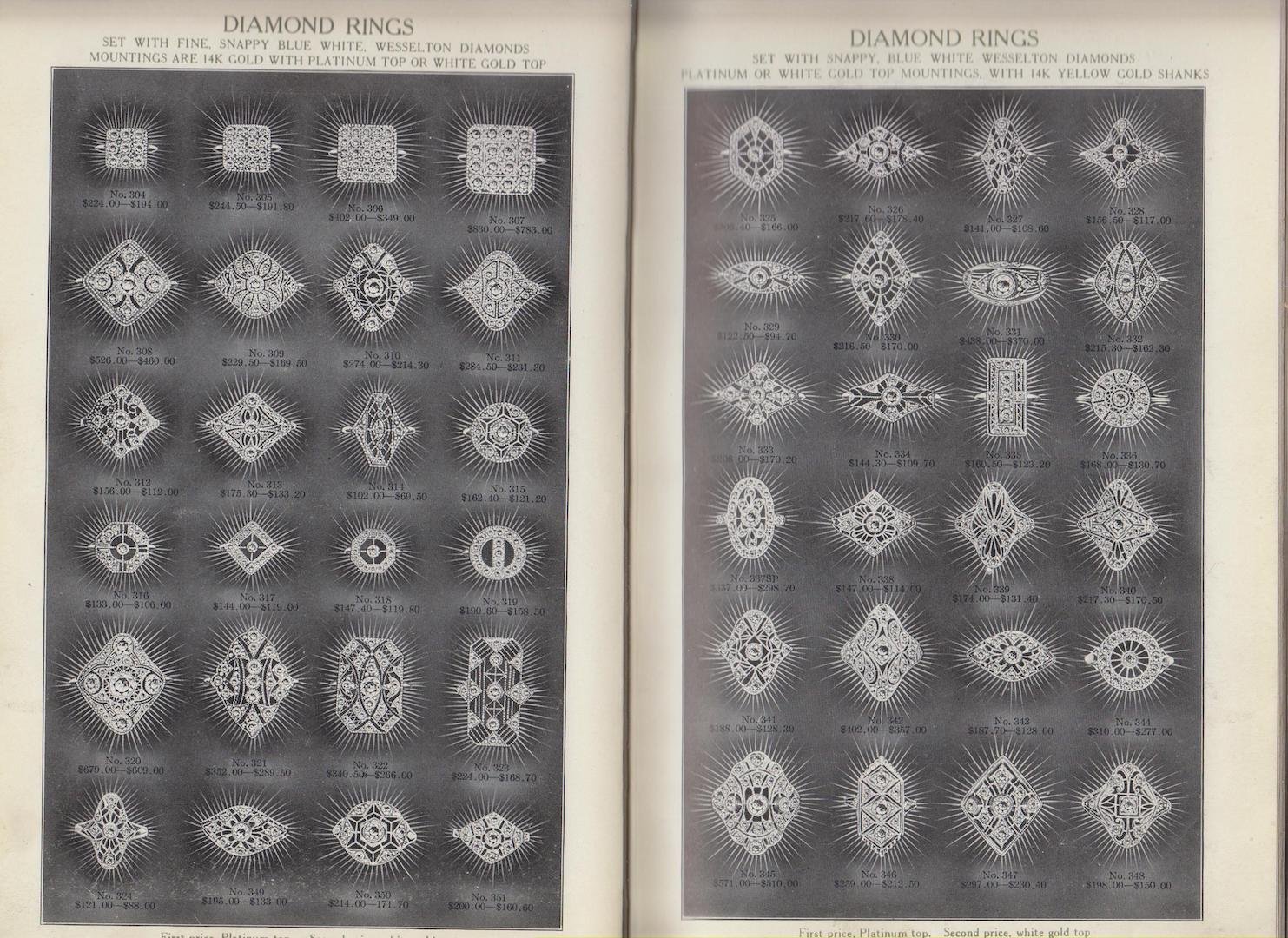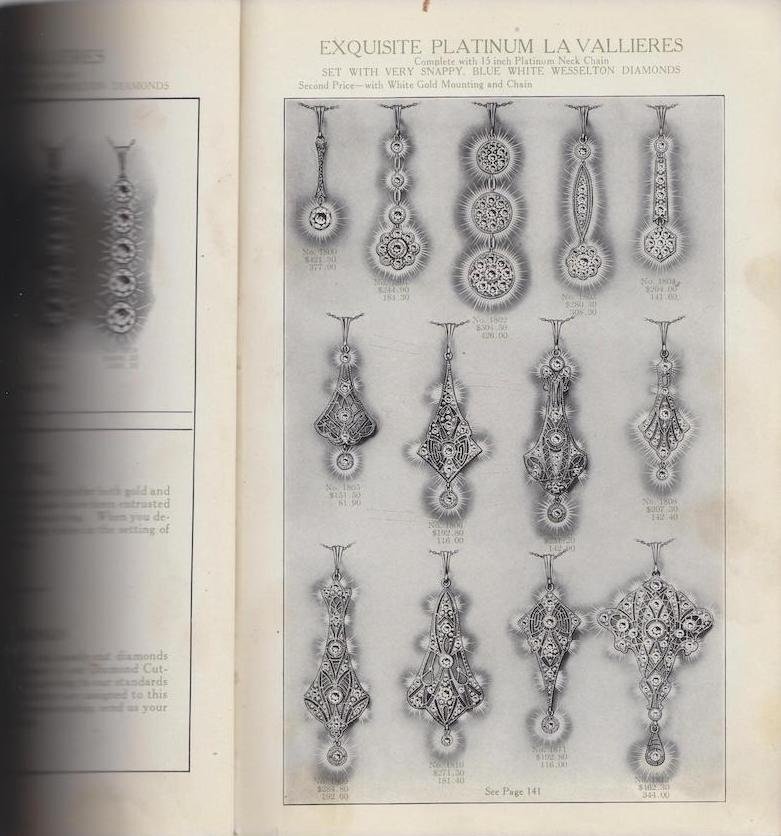Behind the Scenes: How Antique Filigree Rings Were Made
The delicate and lace-like look of antique filigree jewelry is absolutely stunning, but many people don’t know how these sweet adornments were made! Lightweight and airy, antique filigree adornments were cut from paper-thin sheets of precious metal by a technique popular in the early 1900s called die striking. In this method, precious metal was pushed into a steel die with the force of a mechanical press. Amazingly, these lightweight rings were incredibly strong and durable because die-struck metal is dense and compacted by immense pressure.
There was a great deal of artistry involved in making the steel dies, which were carved by hand. Our master goldsmith with 55+ years of experience explains that, “Making dies was an art form. Jewelers used hardened steel tools to engrave intricate designs into an unhardened steel block. There are very few people today that know how to make dies and it’s becoming a dying art.” Artisans would first carve what is known as a hub, or a positive image of the jewelry piece, which they would then harden, and slowly sink into another block of steel to create an impressed image of the jewelry piece. The two become mirror images of one another and the resulting die is the master from which thousands of copies could be created.
Filigree rings were often made with several sets of dies. First, the blanking die cut out a flat outline, or blank. Secondly, a piercing die used punches to pierce holes in the metal where the design called for openwork. Thirdly, an embossing die created the embossed pattern. A final die rolled the metal into a three-dimensional shape. Our master goldsmith explains that, “Filigree jewelry was assembled in multiple pieces, sometimes 3 or 4 pieces. Often a ring was made of two halves and a separate head on top that were soldered or fused together.”
Creating die-struck jewelry was a time-consuming process and it fell out of use in the 1940s when the technology for casting improved. Casting allowed the manufacturer to produce more jewelry with less labor, cutting costs out of the process.




